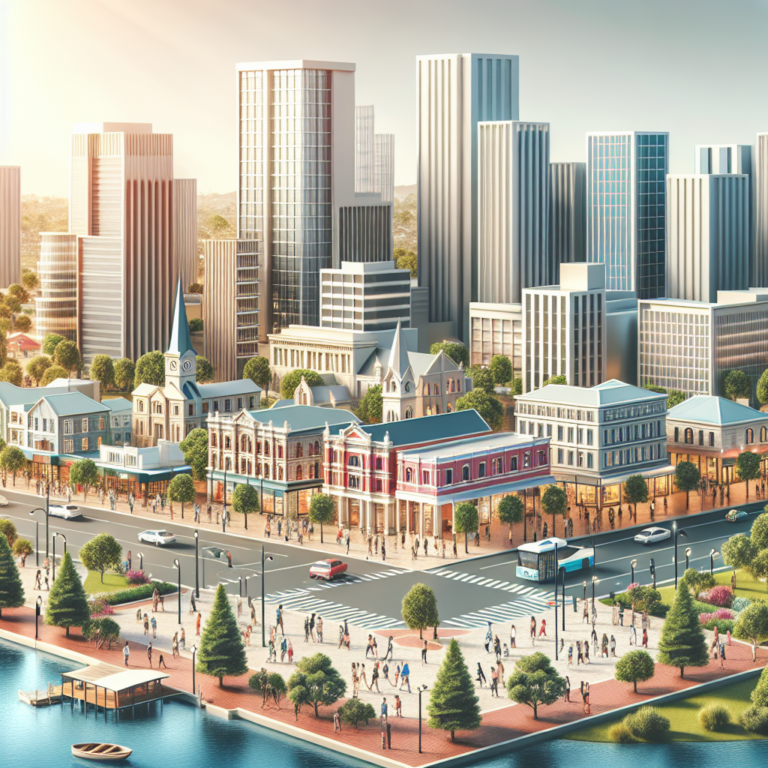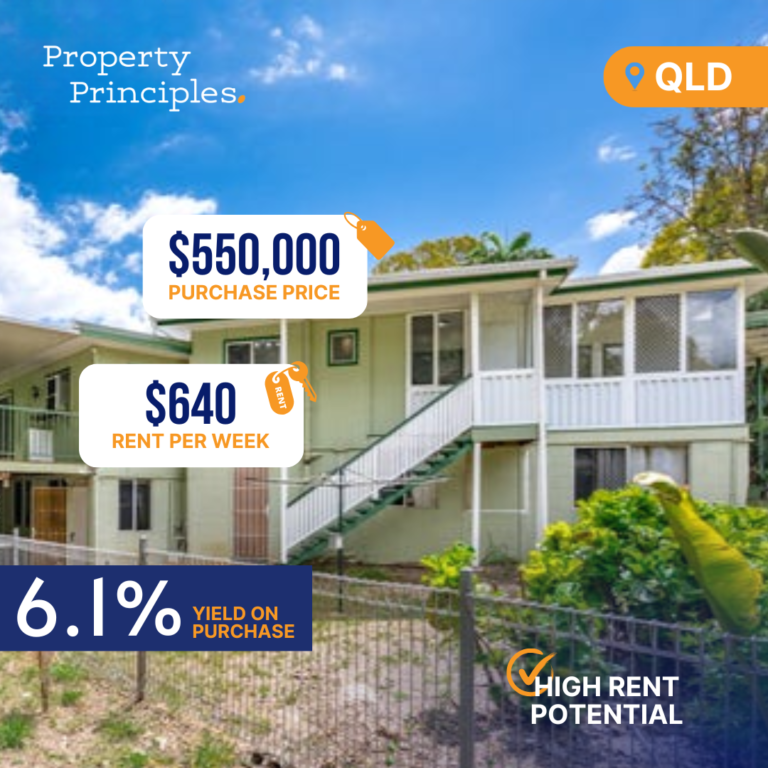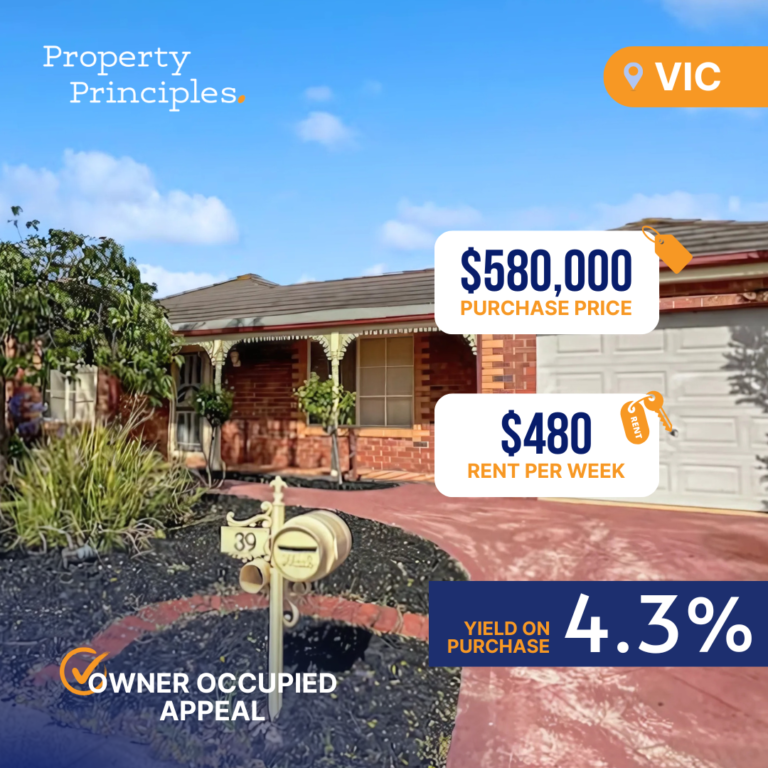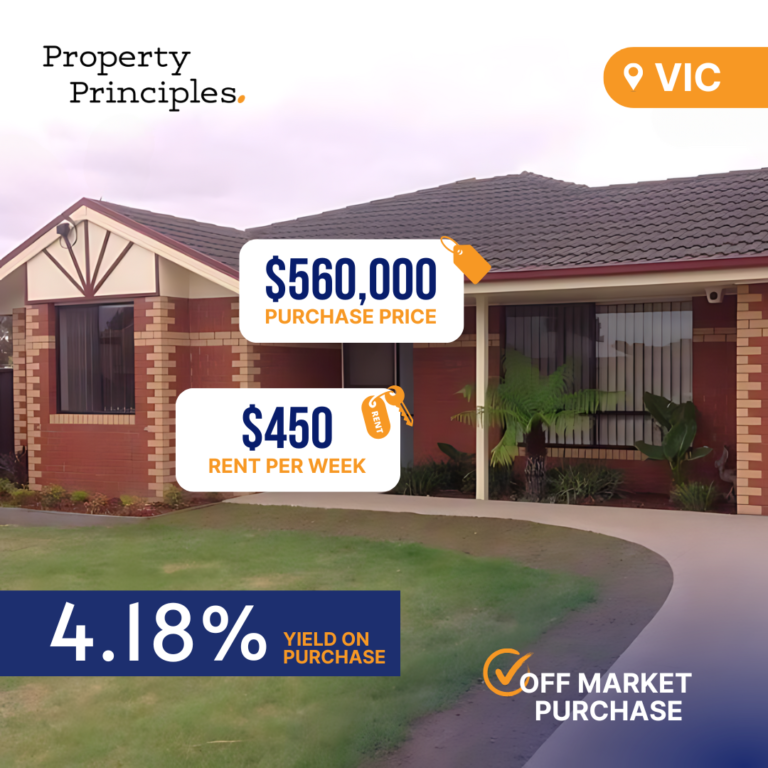The news has been buzzing with speculations concerning the unprecedented number of approximately 400,000 people from overseas coming to Australia this year. This development in migration has garnered much attention, as it directly impacts the future of Australia, particularly in infrastructure and services planning. So, what does this mean, and how will it affect you?
First, let’s explore where the 400,000 figure comes from. This estimate can be traced back to the Budget Papers released alongside the Federal Budget, specifically from the Commonwealth Treasury’s Centre for Population, which provides population forecasts for Australia and its states and territories. As population forecasters, professionals like us rely on this data for micro-geographic population forecasts, allowing us to make our own independent assessments.
Net Overseas Migration (NOM) has been the driving force behind Australia’s population growth in recent years, with the government implementing policies to attract skilled migrants, support tertiary education, and address the country’s ageing population. However, the COVID-19 pandemic has hit NOM hard, with international borders closing and temporary migrants, including skilled workers and students, heading back to their countries of origin.
Migrants predominantly come from younger age groups, usually skilled workers, students, and young families. The pandemic’s knock-on effect on migration potentially lessens not only the initial influx of migrants but also the children these migrants would have had in Australia. This development could result in roughly 1.9 million fewer people residing in Australia by 2041.
However, we believe this development to be a temporary, “Covid correction” that may last until 2024-25. It is anticipated that NOM will return to more historically normal levels, by which we mean approximately 235,000 people per year.
When considering the impact of this shift in migration patterns on housing, we expect that the primary effect will be a reduction in student accommodation vacancy rates and increased pressure on private rental accommodation in areas with significant populations of young people. Purpose Built Student Accommodation (PBSA), commonly found in university cities and towns, will likely experience heightened demand due to the return of overseas students.
So, what does this new wave of migration mean for service planning? The answer depends on the type of services you’re planning and the areas you serve. Melbourne and Sydney will probably receive the majority of these additional migrants, specifically in university areas and greenfield growth areas with affordable housing.
Different industries can anticipate various impacts of increased migration. For example, tertiary education providers should prepare for an immediate uptick in student enrolments. In contrast, primary and secondary schools might see higher numbers of students in the long run. Retailers in areas with high proportions of recent arrivals and students should anticipate immediate growth, while utilities can expect a short-term spike in overseas migration followed by a slower population growth rate than initially predicted pre-pandemic.
In summary, the current surge in overseas migration to Australia should be regarded as a temporary Covid correction, impacting specific industries and areas more than others. As population forecasters, it’s our job to help you navigate these changes and provide an evidence base for your projects and planning. To stay updated on population forecasting trends and insights, be sure to subscribe and contact us with any questions or project needs.












